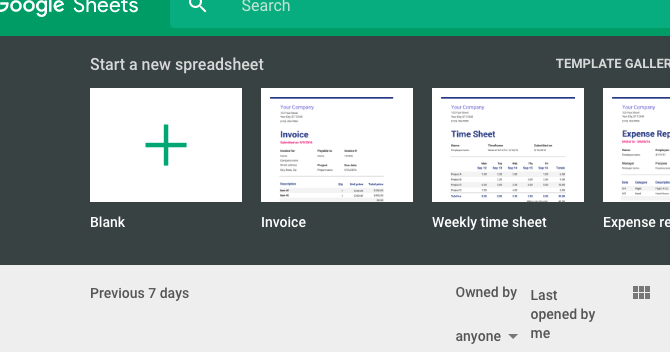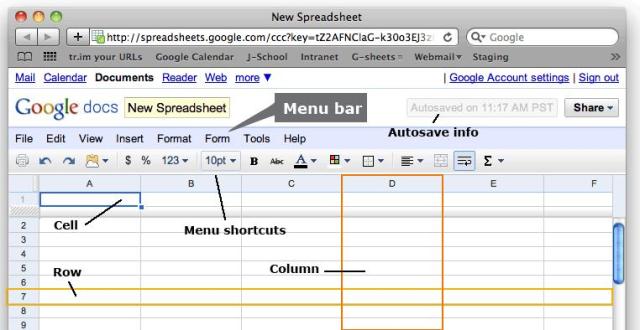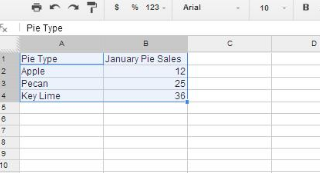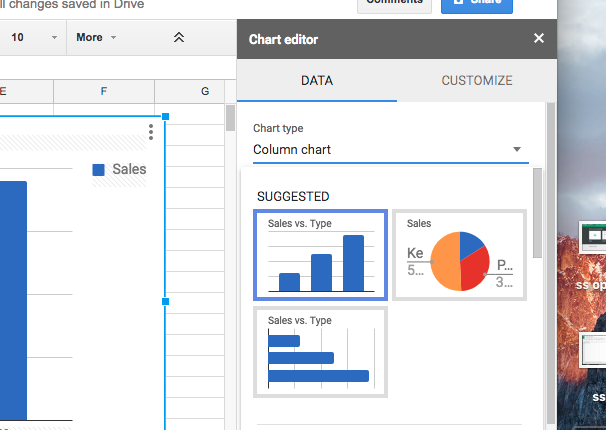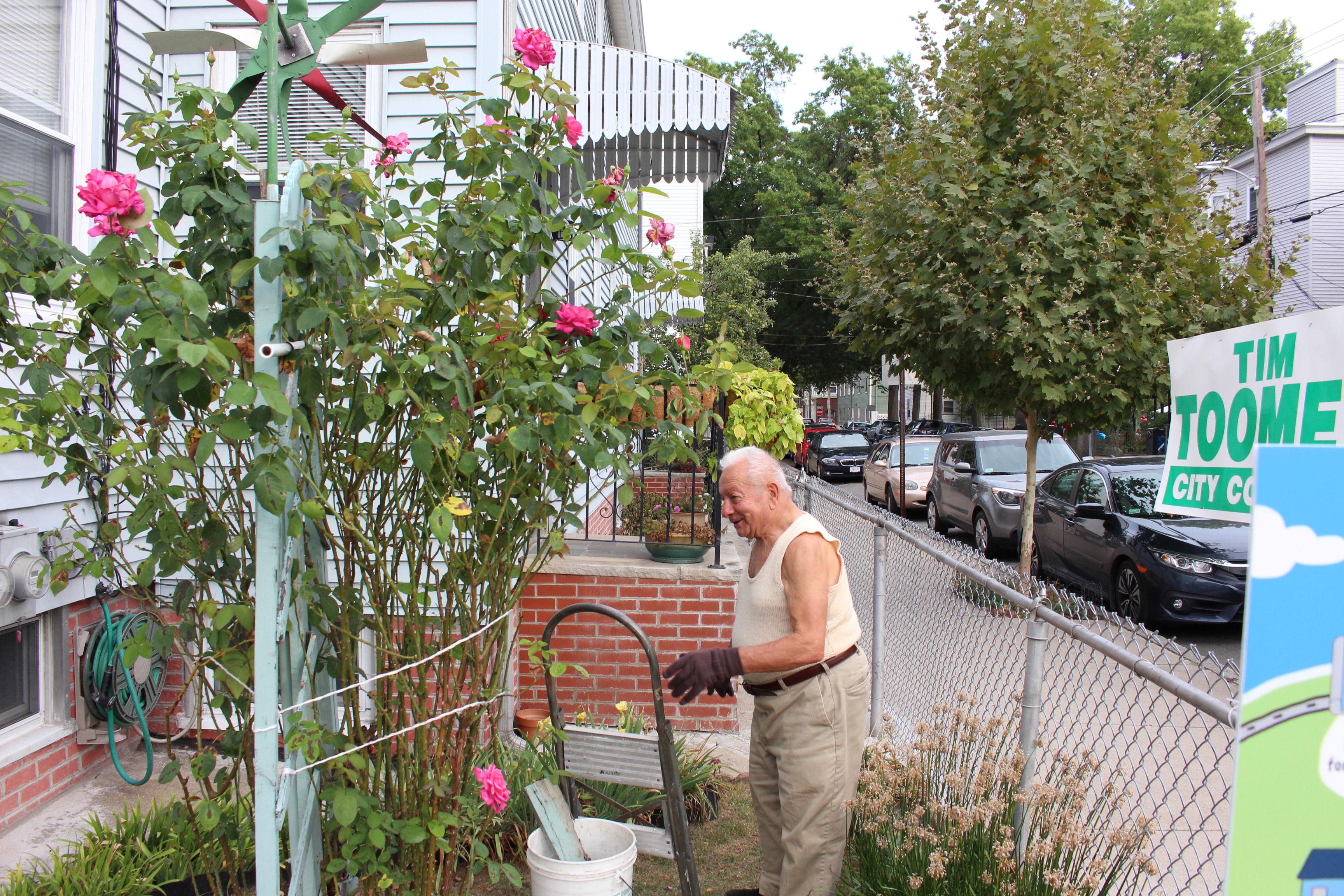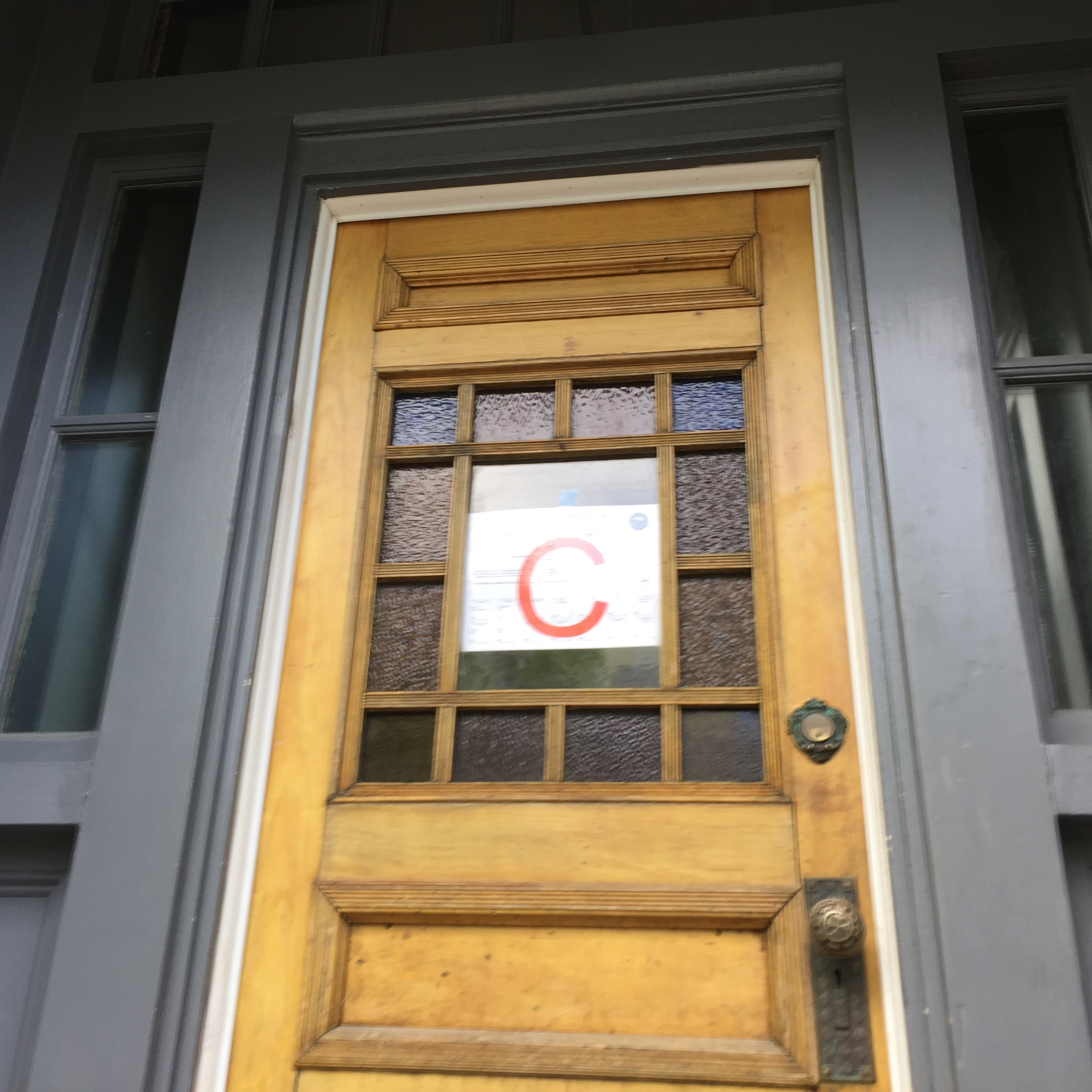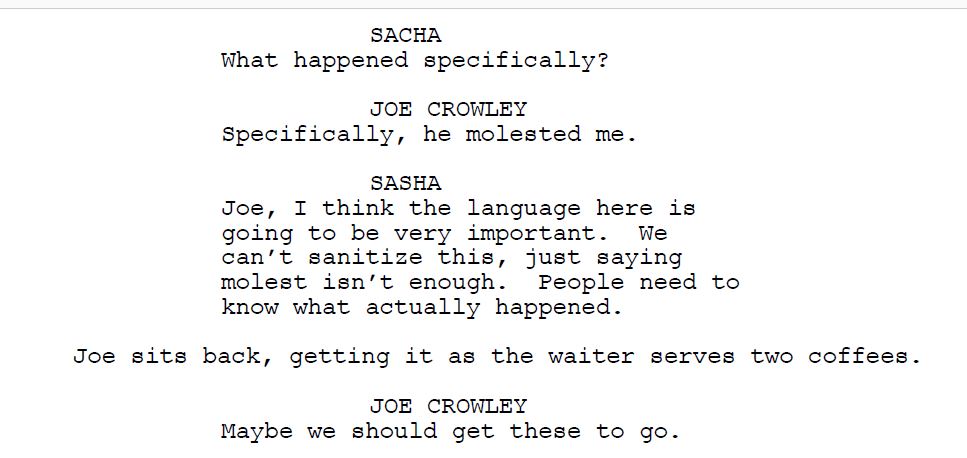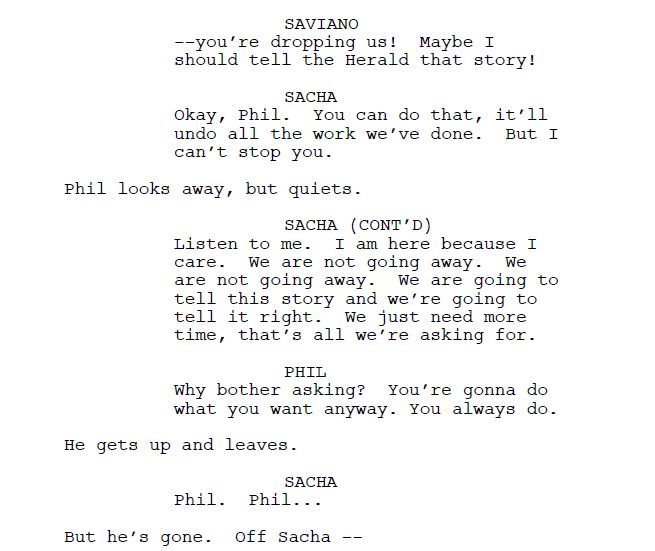URL or embed code will work. Be sure to use the “text” or “html” tab at the top for the embed code. URL seems to work with either tab
Undark and the @PulitzerCenter visited seven countries on five continents to document a global killer that claims more than 4 million lives every year. Here's what we found: https://t.co/LS3E5yrwzI pic.twitter.com/gtsL40AAGX
— Undark Magazine (@undarkmag) August 8, 2018
Undark and the @PulitzerCenter visited seven countries on five continents to document a global killer that claims more than 4 million lives every year. Here's what we found: https://t.co/LS3E5yrwzI pic.twitter.com/gtsL40AAGX
— Undark Magazine (@undarkmag) August 8, 2018
La Cancun Restaurant is a Mexican and Salvadorian restaurant located in East Boston right of the blue line Maverick station. pic.twitter.com/gNWoBIt8DV
— Marylu Bautista (@MaryluBautista5) September 25, 2018
Four BU students speak about political bias in their Boston University classrooms. https://t.co/zSBhioVXVA
— Adelyn Davidson (@addiedavidson_) September 24, 2018
You need to use the “text” or “html” tab at the top, or it will look like this. Don’t use the visual tab unless you want it to look like this
<blockquote class=”instagram-media” data-instgrm-captioned=”” data-instgrm-permalink=”https://www.instagram.com/p/BobhAWuDGSb/?utm_source=ig_embed&utm_medium=loading” data-instgrm-version=”12″ style=”background: #FFF; border: 0; border-radius: 3px; box-shadow: 0 0 1px 0 rgba(0,0,0,0.5),0 1px 10px 0 rgba(0,0,0,0.15); margin: 1px; max-width: 540px; min-width: 326px; padding: 0; width: calc(100% – 2px);”>
<div style=”padding: 16px;”><a href=”https://www.instagram.com/p/BobhAWuDGSb/?utm_source=ig_embed&utm_medium=loading” style=”background: #FFFFFF; line-height: 0; padding: 0 0; text-align: center; text-decoration: none; width: 100%;” target=”_blank”>
margin: 8px 0 0 0; padding: 0 4px;”><a together our passion of da…44340126766239749?ref_src=twsrc%5Etfw”>September 24, 2018</a></blockquote>
<script async src=”https://platform.twitter.com/widgets.js” charset=”utf-8″></script>

